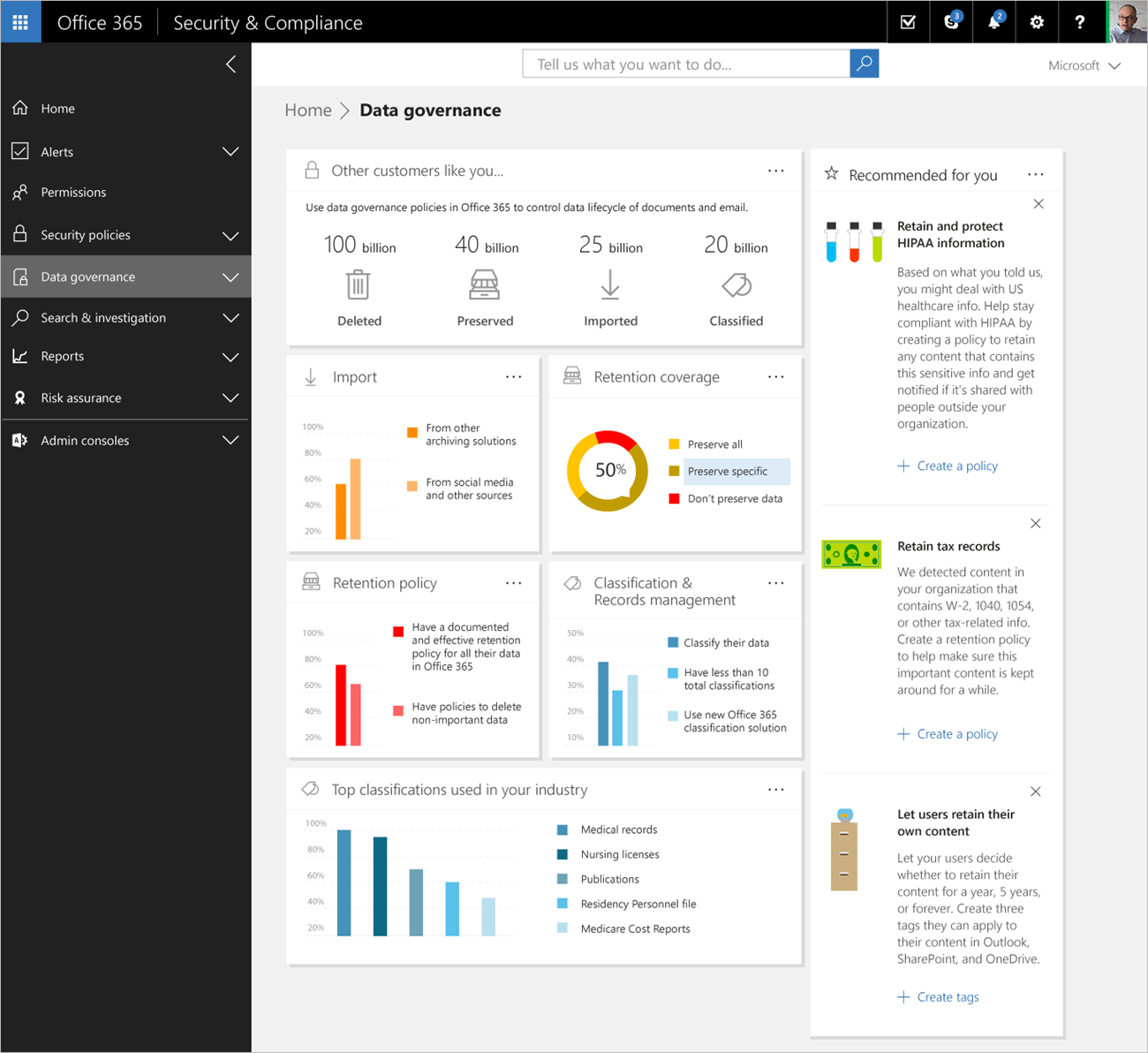

In very high security environments, you can use a standalone sensor on a member server with event forwarding. To get started with Microsoft Defender for Identity, you first create your instance in the cloud, and then you install the sensors on all your DCs. Microsoft Defender for Identity is specifically designed to identify and catch them. These activities leave a trail on your domain controllers (DCs). When an attacker gains a foothold in your corporate network, they'll perform different actions such as lateral movement (compromising more machines) to eventually be able to elevate privileges to server or domain administrator, leading to domain dominance. Microsoft Defender for Identity (a much more descriptive name, the old name was confusing as it has very little to do with Azure) is a cloud solution that's somewhat unique in this line-up, as it's mostly focused on your on-premises Active Directory (AD). All this data feeds into the backends of these services. Azure Sentinel is not officially part of Microsoft 365 Defender, but we'll show how it fits in as well.īehind these security services is Microsoft's Intelligent Security Graph, a daily collection of 6.5 trillion signals that is analyzed by machine learning to identify risky IP addresses, risky domains, and so forth. In this article, we'll focus on the Defender solutions and how they fit together, as well as the other solutions and how they complement the rest of Microsoft 365 Defender. Microsoft Intune / Microsoft Endpoint Manager.The products that haven't changed their name but are still part of Microsoft's overall security stack are:




 0 kommentar(er)
0 kommentar(er)
